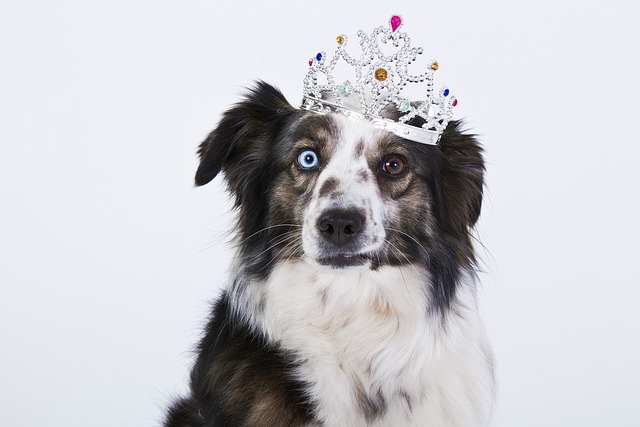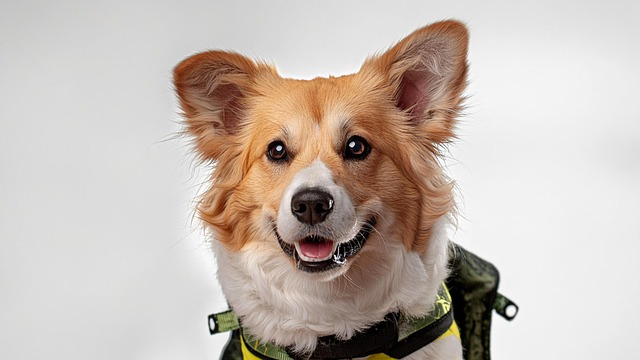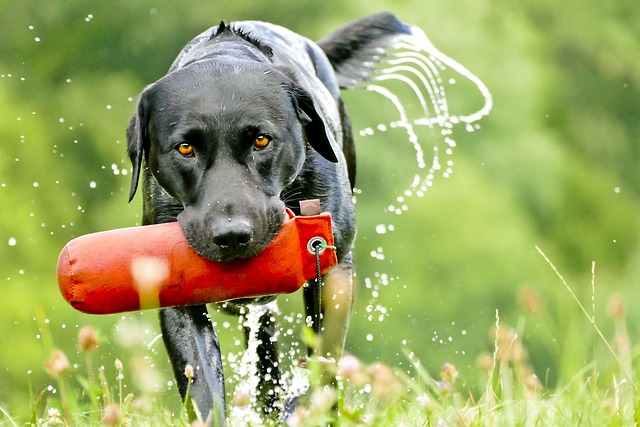
What do groomers use for shedding
When Sarah first brought home her golden retriever, she spent weekends vacuuming piles of fur from her couch—and found herself picking strands out of her coffee mug more often than she’d like.
That little ball of fluff gnawing on your favorite shoe? Actually, it's not mischief—it's biology calling. Puppies explore the world mouth-first, and when those needle-sharp baby teeth start making way for adult ones, chewing becomes their full-time job. You'll see them drooling more, maybe fussing with their gums, or seeking out anything cool to chomp. It's uncomfortable, bless them. Understanding this natural phase helps us respond with compassion rather than frustration. Their tiny jaws need constructive outlets, or your furniture pays the price. Honestly, it's our responsibility to guide them safely through this developmental milestone.
Speaking of safety, let's address the elephant in the room: not all chew solutions are created equal. I've seen well-meaning owners hand puppies old tennis balls or rubber toys, unaware that frayed edges can cause intestinal blockages. Worse yet, some popular nylon bones are so hard they crack molars—I witnessed a shepherd pup needing three extractions. Then there are household hazards like cooked bones that splinter into daggers or toxic materials in cheap plastic toys. Even rawhide, that old standby, poses choking risks when it softens into gluey clumps. Avoiding health risks with puppy chews isn't just cautious; it's non-negotiable for their survival.
Now for the good news: vet-approved teething puppy chews exist, and they're game-changers. Frozen carrot sticks? Brilliant—they soothe inflamed gums while being digestible. Rubber toys with textured nubs, especially those you chill in the freezer, massage sore spots gently. For edible options, I swear by single-ingredient collagen chews; they soften predictably without fragmenting. And don't overlook Kong toys stuffed with yogurt—mental stimulation plus gum relief. These healthy chew toys for puppies transform teething from agony to productive play. Actually, the best chew items for teething puppies share traits: flexibility to "give" under pressure, non-toxic materials, and size too big to swallow. Your pup's whimpers will thank you.
Introducing these lifesavers requires strategy though. Start by offering new items for just 10-minute sessions—overexcited pups can still choke on even safe options. Always supervise initially, watching for aggressive shredding. Rotate toys weekly to maintain novelty; boredom leads to destructive chewing. Hygiene matters too: wash rubber toys in vinegar weekly, and toss natural chews after they soften significantly. If your pup ignores a toy, try rubbing it with chicken broth. That said, patience is key. Some puppies need days to accept unfamiliar textures. Celebrate when they choose the approved chew over your sofa leg!
Despite precautions, know when to call reinforcements. If gums bleed excessively or you spot broken teeth, skip Dr. Google and visit your vet immediately. Refusing food for over 24 hours? Red flag. Swollen cheeks could mean abscesses, while diarrhea might signal intestinal irritation from a chew. Pro tip: schedule a teething consult preemptively. I've caught early gum infections this way that owners missed. Remember, your vigilance complements these safe chew options for teething puppies. They rely on you to advocate for their comfort—after all, those puppy eyes trust you completely.

When Sarah first brought home her golden retriever, she spent weekends vacuuming piles of fur from her couch—and found herself picking strands out of her coffee mug more often than she’d like.

Unlock the secrets to safe, soothing puppy teething with vet-approved chews—protect your pup and your home during this challenging stage.

Let’s start with the honest truth: grabbing kitchen scissors to trim your dog’s overgrown fringe might seem like a quick fix, but it’s a high-stakes haircut.

You’ve just settled on the couch for a movie night when your dog’s nails start clicking across the hardwood like tiny tap dancers. Or maybe you notice them slipping on the kitchen tiles more often.

Let's be honest, that moment when you pull out the brush and your dog suddenly remembers a very important appointment behind the sofa is pretty universal.

Picture this: it’s bath time for your pup, and you’re fresh out of dog shampoo. As you reach for your own coconut-scented shower gel, you pause – could this work? Let’s be honest,